
When, in the spring of 1526, Francisco Pizarro's boot first made contact with Inca soil, he could have had no idea about the vastness of the empire he had just landed on, nor the lead part he would play in its downfall.
The Spanish conquistador and his small brigade of men had landed at the Peruvian port of Tumbes, but there was no suggestion that he had the numbers to instigate an invasion, let alone a conquest. Instead, it was a brief fact-finding mission, sending a pair of his sailors to recce the town. They returned with good news, painting a picture of an affluent community where the chief's house was decorated with plentiful gold and silver. Pizarro knew at that moment he would return. And, on that next visit, he would be fully prepared.
At the time of Pizarro's research trip, the Inca empire was stable and secure under the rule of Huayna Cápac. By the time the Spaniard returned around six years later, the empire was fundamentally split - and indirectly so because of the Spanish. Those Europeans who had ventured into Inca lands had brought more than curiosity; they had imported smallpox, which found its way to the highest strata of Inca society. Despite never having met a single Spaniard, Huayna Cápac died from the disease around 1527.
FRATERNAL STRUGGLES
Huayna Cápac's demise created a leadership crisis. By this point, the empire had expanded to such an extent that its rule by just one man - certainly by someone without the widespread devotion of the Inca people that Huayna Cápac had earned - was nigh-on impossible. After his preferred successor Ninan Cuyoche also died from the disease, two other sons - Huáscar and Atahualpa - jointly succeeded him.
Each presided over a separate territory, which, considering the difficulties between the half-brothers, effectively meant the formidable Inca empire had been split in two.
This story is from the April 2023 edition of History Revealed.
Start your 7-day Magzter GOLD free trial to access thousands of curated premium stories, and 9,000+ magazines and newspapers.
Already a subscriber ? Sign In
This story is from the April 2023 edition of History Revealed.
Start your 7-day Magzter GOLD free trial to access thousands of curated premium stories, and 9,000+ magazines and newspapers.
Already a subscriber? Sign In
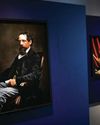
'Dickens's evocation of the fears, excitement and confusion of childhood is peerless'
DR LEE JACKSON ON WHY CHARLES DICKENS REMAINS RELEVANT TODAY
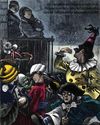
THE AUTHOR GOES ABROAD
Dickens expanded his horizons and boosted his fan-base by venturing overseas - but global fame came with a cost
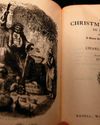
REVIVING THE FESTIVE SPIRIT
A Christmas Carol wasn't just a bestseller - it changed the way that Britons chose to mark the festive season

GIVING THE POOR A VOICE
From Hard Times to Oliver Twist, Charles Dickens used his pen to help illuminate the lives of the less fortunate
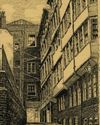
A JOURNEY THROUGH DICKENS'S LONDON
The works of Charles Dickens are synonymous with visions of Victorian London. We talk to Dr Lee Jackson about the author's love of the capital, and the locations that most inspired him
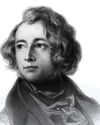
EXCEEDING EXPECTATIONS
Dr Lee Jackson chronicles Charles Dickens's journey from down-at-luck teenager to titan of Victorian literature
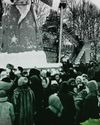
GIFTS, TREES & FEASTING
We take a journey through the photo archives to reveal how Christmas and its many traditions have been celebrated over the years - and around the world
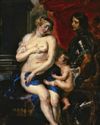
WHAT GREAT PAINTINGS SAY
We explore the story behind an allegorical painting that celebrates the triumph of love over hate, peace over war
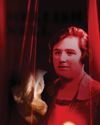
HELLISH NELL
Malcolm Gaskill delves into the life of Helen Duncan - the fraudulent Scottish medium whose ectoplasm-filled seances saw her ending up on the wrong side of the law
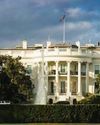
7 THINGS YOU (PROBABLY) DIDN'T KNOW ABOUT THE WHITE HOUSE
Presidential historian Dr Lindsay M Chervinsky reveals some of the most surprising facts about the world-famous US residence